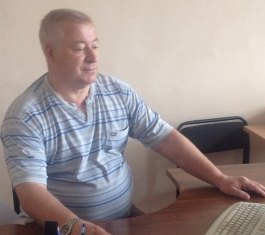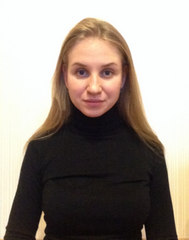UDC 004:[316.3:008] BBK 74.58:73
L. N. Puzeikina, V. B. Rebikov
Bad pronunciation can damage even good knowledge of foreign language making the speech absolutely incomprehensible for the interlocutor. The reduction of academic teaching hours for phonetics in modern foreign language teaching programs (or even complete absence of this subject) can be compensated by innovative methods of teaching foreign languages, for example, e-learning platform Moodle. Experience of practical usage of such course is presented in this article.
Key words: German studies, teaching the German language, phonetics of the German language, e-learning, blended learning
Larisa N. Puzejkina
St. Petersburg, Russland
Valerij B. Rebikov*
St. Petersburg, Russland
E-LEARNINGSTRATEGIE IM FACH GERMANISTIK: DIDAKTISCHE M√ĖGLICHKEITEN UND PERSPEKTIVEN DES PHONETIKUNTERRICHTS*
Eine schlechte Aussprache kann auch gute Fremdsprachenkenntnisse zunichte machen und die Rede f√ľr den Gespr√§chspartner ganz unverst√§ndlich machen. Im Zusammenhang mit der Streichung der Unterrichtsstunden zum Studium der Phonetik in den gegenw√§rtigen Studienprogrammen f√ľr Fremdsprachenstudium (oder sogar mit dem vollkommenen Fehlen dieses Unterrichtsfaches), k√∂nnen diese Verluste durch neue, innovative Methoden des Fremdsprachenunterrichts wieder gutgemacht werden, zum Beispiel durch LMS Moodle. Dieser Artikel ist das Ergebnis der Erfahrung, die bei der Anwendung eines solchen Kurses gewonnen wurde.
Schl√ľsselw√∂rter: Germanistik, Deutschunterricht, Phonetik, Netzbegleitung, Distanzunterricht**
* Die Autoren danken herzlich unserem Kollegen, Herren Dr. Oliver Pfau f√ľr seine freundliche und unersetzbare Hilfe bei der Korrektur des vorliegenden Artikels und f√ľr die Teilnahme an den phonetischen Aufnahmen des Phonetischen Einf√ľhrungskurses. Der beste Dank gilt auch Frau Esther Machhein f√ľr Ihre Leistung bei den Aufnahmen des Kurses.
** Das Thema war in Form eines Impulsreferates bei der XXXI. DAAD-Germanistikkonferenz ‚ÄěNeue Wege der Fachdidaktik‚Äú in Pjatigorsk (15.-17.05.2014) vorgestellt.
Download article in PDF (600.9 kB)



 E–mail:
E–mail: